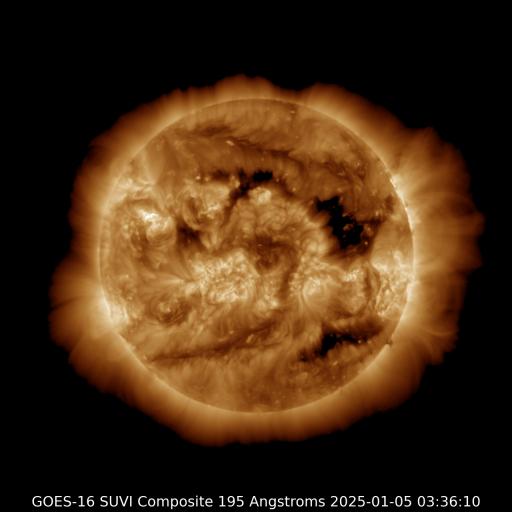Viewing archive of Tuesday, 27 November 2018
Daily bulletin on solar and geomagnetic activity from the SIDC
Issued: 2018 Nov 27 1344 UTC
SIDC Forecast
Solar flares
Quiet conditions (<50% probability of C-class flares)
Geomagnetism
Quiet (A<20 and K<4)
Solar protons
Quiet
| 10cm flux | Ap | |
|---|---|---|
| 27 Nov 2018 | 068 | 009 |
| 28 Nov 2018 | 067 | 008 |
| 29 Nov 2018 | 066 | 006 |
Bulletin
Solar activity is low, and there were no C-class flares reported today. The only sunspot group observed on the visible side of the solar disc during last several days, NOAA AR 2728 (not numbered by Catania) has almost completely decayed. We do not expect C-class flares or larger in the following days. No Earth directed CMEs were observed during last 24 hours, and the solar protons remained at the background level.
The solar wind speed increased somewhat today and it presently amounts about 370 km/s. The interplanetary magnetic field magnitude is about 6 nT. Large equatorial coronal hole has reached central meridian this morning, and the associated fast solar wind is expected to arrive to the Earth on November 30 or early on December 01. The geomagnetic conditions are presently quiet, and we can expect quiet to unsettled geomagnetic conditions in the coming hours.
Today's estimated international sunspot number (ISN): 000, based on 14 stations.Solar indices for 26 Nov 2018
| Wolf number Catania | /// |
| 10cm solar flux | 069 |
| AK Chambon La Forêt | 005 |
| AK Wingst | 001 |
| Estimated Ap | 001 |
| Estimated international sunspot number | 000 - Based on 08 stations |
Noticeable events summary
| Day | Begin | Max | End | Loc | Strength | OP | 10cm | Catania/NOAA | Radio burst types | |
|---|---|---|---|---|---|---|---|---|---|---|
| None | ||||||||||
Provided by the Solar Influences Data analysis Center© - SIDC - Processed by SpaceWeatherLive
All times in UTC
Current data suggests there is a slight possibility for aurora to appear at the following high latitude regions in the near future
Edmonton, AB, Gillam, MB, Saskatoon, SK, Whitehorse, YT, Yellowknife, NTAnchorage, AK, Fairbanks, AK, Juneau, AK
Latest news
Latest forum messages
Support SpaceWeatherLive.com!
A lot of people come to SpaceWeatherLive to follow the Sun's activity or if there is aurora to be seen, but with more traffic comes higher server costs. Consider a donation if you enjoy SpaceWeatherLive so we can keep the website online!

Latest alerts
06:30 UTC - Type II Radio Emission
Begin Time: 08/04/2025 05:53 UTC Estimated Velocity: 456km/sec.
05:15 UTC - Hemispheric Power Index
The OVATION model predicts the Hemispheric Power Index to reach 50GW at 06:02 UTC
00:55 UTC - Coronal hole
A southern hemisphere coronal hole is facing Earth. Enhanced solar wind could arrive in ~3 days
Monday, 7 April 2025
20:45 UTC - Geomagnetic activity
Active geomagnetic conditions (Kp4) Threshold Reached: 20:39 UTC
17:33 UTC - Hemispheric Power Index
The OVATION model predicts the Hemispheric Power Index to reach 51GW at 18:18 UTC
Space weather facts
| Last X-flare | 2025/03/28 | X1.1 |
| Last M-flare | 2025/04/05 | M1.0 |
| Last geomagnetic storm | 2025/04/06 | Kp5 (G1) |
| Spotless days | |
|---|---|
| Last spotless day | 2022/06/08 |
| Monthly mean Sunspot Number | |
|---|---|
| March 2025 | 134.2 -20.4 |
| April 2025 | 151.3 +17.1 |
| Last 30 days | 135.2 -4.5 |




